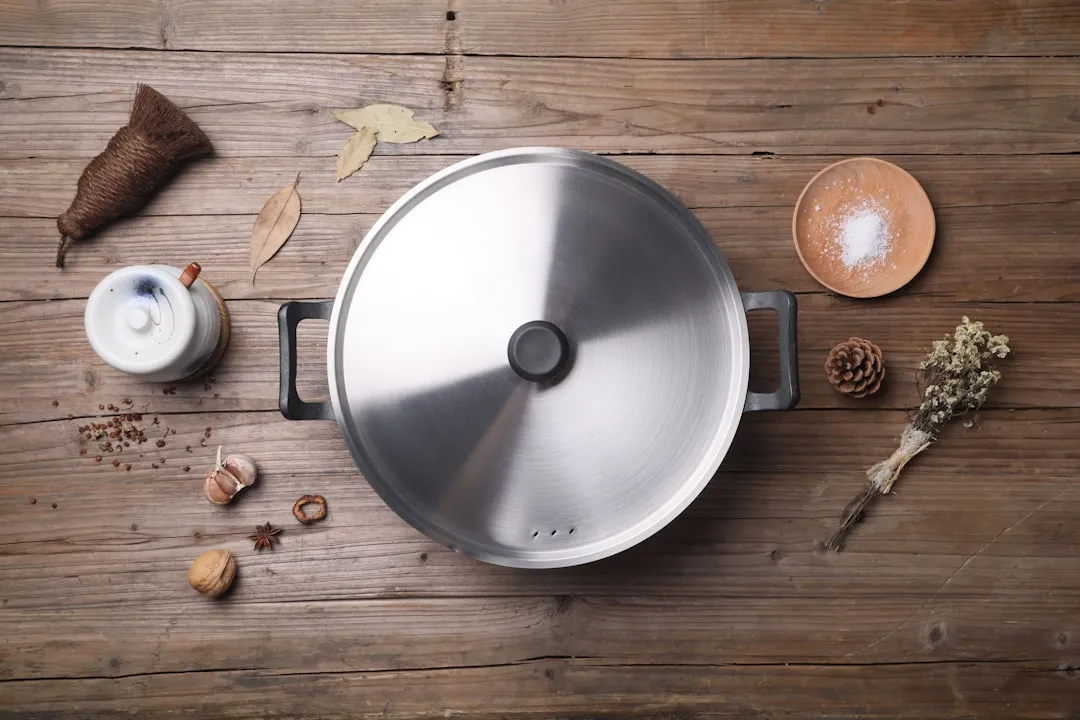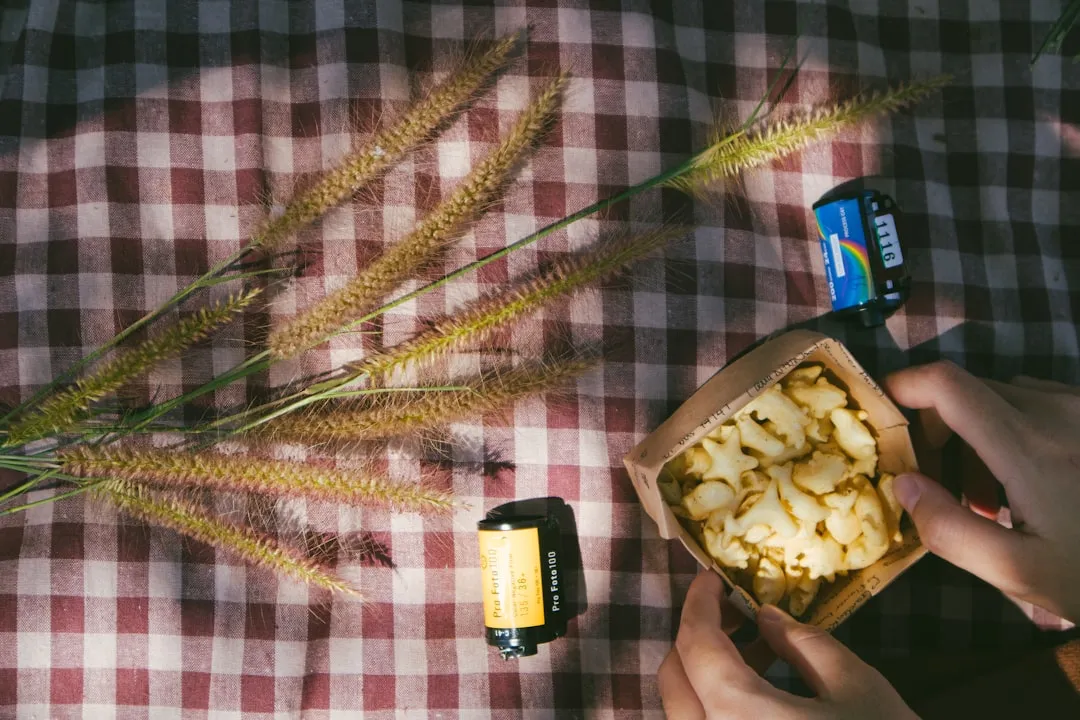There's a common saying that separates cooks from bakers: baking is a science, while cooking is an art. When baking, one little misstep can alter the texture, taste, and consistency of any recipe.
Yet it doesn't have to be a scary science—forget your not-so-happy high school chemistry memories, because mastering the science of baking is as simple as understanding exactly what a recipe calls for.
Many of us mess up simple recipes because we just don't know what the steps actually mean, but it's an easy fix. Here's how to master any baking recipe and figure out just what you're supposed to do with all those ingredients.
1. Measure Flour with a Spoon
You've been measuring your flour incorrectly—and so have I. It's incredibly easy to stick your measuring cup right into your container of flour, fill it to its rim, and dump the flour right into your batter. Yet according to Denise Brinkmeyer at Spaghetti Towers, this common misstep can screw up an entire recipe.
Instead of scooping with your measuring cup, Denise recommends using a spoon. When flour is incorrectly measured and packed down (which is what happens with the scoop-and-dump method), you end up adding more flour than the recipe calls for—and just a little bit extra alters the flavor and texture of the end result.
If you use a spoon to scoop flour from its container into your measuring cup, you end up with a more accurate amount of flour and much airier baked goods.
2. Rely on a Measuring Scale
Measuring scales have become somewhat more common in home kitchens, but many of us still aren't using them—and when you're baking, it's one of the most important tools you can use.
Many baking recipes specify the weight, not the volume, of each ingredient you'll need. That's where a scale comes in handy: it takes the guesswork out of trying to determine how many ounces are in tablespoons and cups. Like scooping flour versus spooning it into a measuring cup, a scale ensures you don't end up with more of a given ingredient even if it fits into your measuring tools.
Make sure to zero out your measuring scale before weighing each ingredient. Skipping this step, or forgetting it, can cause the scale to combine weights, or remember the last weight, and confuse your process even more.
3. Take Note of the Wording
When perusing your recipes, make sure to pay careful attention to the way each step is worded. The order of the instructions can make a huge difference, especially if you aren't exactly sure what they mean.
As Sara Kate Gillingham of The Kitchn explains, the list of ingredients specifies exactly how each component should be measured out and prepared. It also often lists ingredients in the order they will be added to the recipe, so you have time to get everything ready before it's time to assemble your components.
For example, if a recipe calls for "one cup of pecans, chopped," don't assume that "one cup of chopped pecans" is the same thing. In fact, it's not. These are two drastically different measurements; the former requires a cup of whole pecans, chopped. The latter, meanwhile, asks you to measure out one cup of pre-chopped pecans, resulting in a larger amount of pecans.
Similarly, when recipes call for sifted flour, make sure you read carefully. If the wording specifies "1 cup sifted flour," you'll need to sift your flour before measuring it out. However, if a recipe calls for "1 cup flour, sifted," you'll need to measure out a cup of flour and then sift it before adding to the rest of your ingredients.
4. Coat Your Measuring Cups
Another measuring struggle when baking is handling sticky ingredients. Trying to pour out a half-cup of honey or scoop a third-cup of peanut butter can leave you swiping your fingers around the inside of your measuring cups as you attempt to get the last bit out and into your batter. It's an imprecise approach at best.
Instead of wasting (and leaving behind) half of your measured sticky ingredients, save yourself some trouble by coating your measuring tools with non-stick cooking spray. The variety you use doesn't matter—coconut oil, olive oil, or even PAM—as long as it's non-stick and a light spray, you'll be able to add your ingredients in accurate amounts with no added oils.
5. Know Your Baking Cookware Equivalents
Different sizes, shapes, and types of bakeware exist for a reason: different recipes call for specific types of bakeware. While it may not seem that a metal cake pan versus a square glass dish should alter your baking in any way, experts claim that what you're cooking in matters greatly.
As AllRecipes explains, choosing what you're about to bake in is an important step—but it's okay if you don't have the exact bakeware a recipe calls for. You can swap some pans for others, and even mix materials if needed. For example, two 9-inch round cake pans can be exchanged for two 8 x 4 inch loaf pans or a 10-inch springform pan in a pinch.
You can also skip the 10-inch springform pan if you don't have one, and make 12 to 18 cupcakes in a muffin tray with the same volume of batter.
6. Understand How Your Oven Cooks
You may think you are quite familiar with your oven, but when you're about to stick a batch of cookies into it, it's important to know exactly what surprises are hiding in its capabilities. Each oven cooks differently—many fluctuate in humidity, thermometer readings, and even temperature in different parts of the oven. Don't trust that your oven is following your recipe as closely as you are.
Understanding how your oven bakes and what exactly happens once you close the door makes a huge difference. For example, when you set your oven to 350°F, does it actually reach that temperature? When the preheating light or signal goes off, is it truly at the intended temperature? A great solution for temperature-related problems is to stick a separate oven thermometer inside your oven. Before baking anything, give that thermometer a read and make sure the oven really is at the heat it's claiming.
Additionally, keep altitude and humidity in mind. The weather and ambient temperature outside of your oven can change what happens inside, too. Depending on these factors, you may need to adjust the temperature of your oven to ensure it cooks as the recipe intends.
7. Don't Be Afraid of Substitutes
Sometimes, the absolute worst happens: you're halfway through a recipe and suddenly discover that you're completely out of a crucial ingredient. Or, if you're like me, you just completely forgot to read the recipe in its entirety and missed a couple of important lines.
Although it's important to follow baking recipes as precisely as possible, swapping one ingredient for another is perfectly fine. Just make sure you choose the appropriate substitute.
Check out these clutch baking substitutions for when you're in a pinch and didn't read the recipe correctly. Chances are, a few of these items are already hiding in your pantry or your refrigerator; make sure your measurements match up, and that you measure out each substitution carefully based on their individual conversions.
When substituting ingredients, you don't want to simply rely on the measurements in the original recipe, as whatever you're swapping in might have a higher water content, increased volume, or even an entirely different texture that can mess everything up.
Now, Get Baking!
While baking may sometimes seem intimidating and overly precise, if you follow these tips, you will find yourself much more at ease and feeling more comfortable as you dive into the wonderful world of home baking. These tips translate well for just plain old cooking, too, so get into your kitchen and start making something!
- Follow Food Hacks Daily on Facebook, Twitter, and Instagram
- Follow WonderHowTo on Facebook, Twitter, and Google+
More Help in the Kitchen:
- Keep Recipes Visible, but Clean & Out of the Way While You Cook
- 5 Ways to Increase Your Workspace in a Tiny Kitchen
- Keep Your Bowl from Slipping When Mixing Ingredients
- If Cooking Stresses You Out, Mise en Place Can Help
Cover image via liz west/Flickr
































Comments
Be the first, drop a comment!